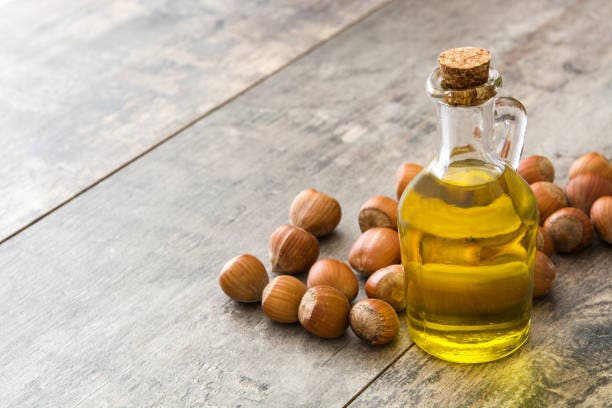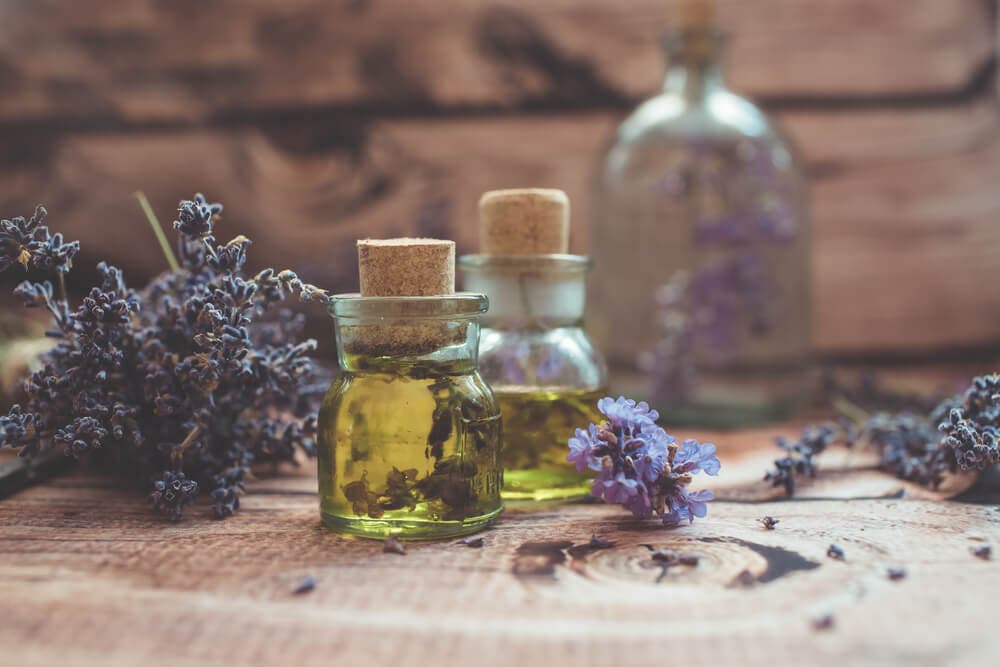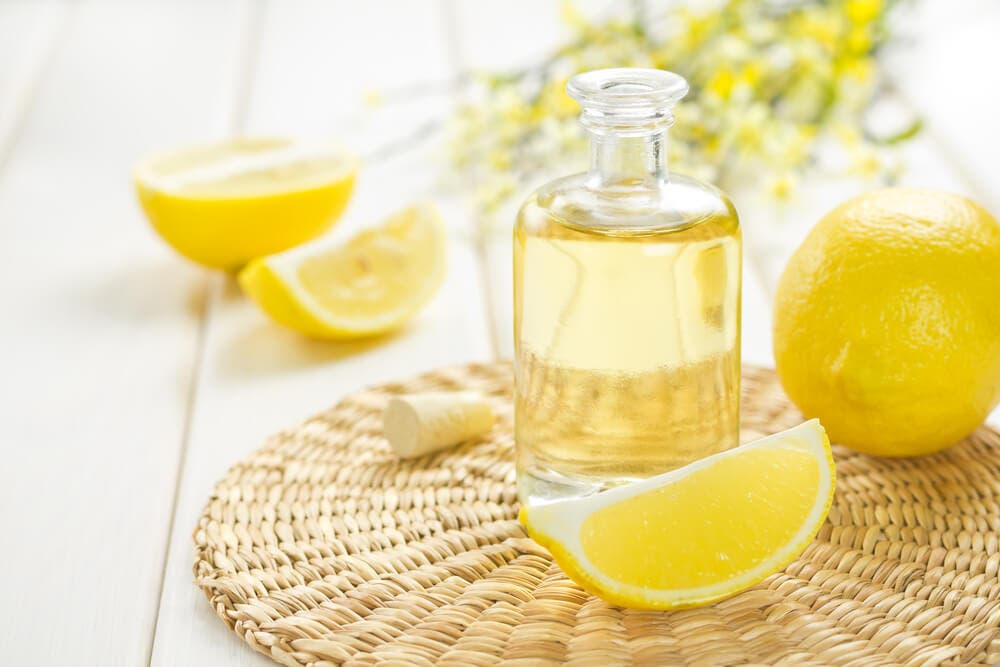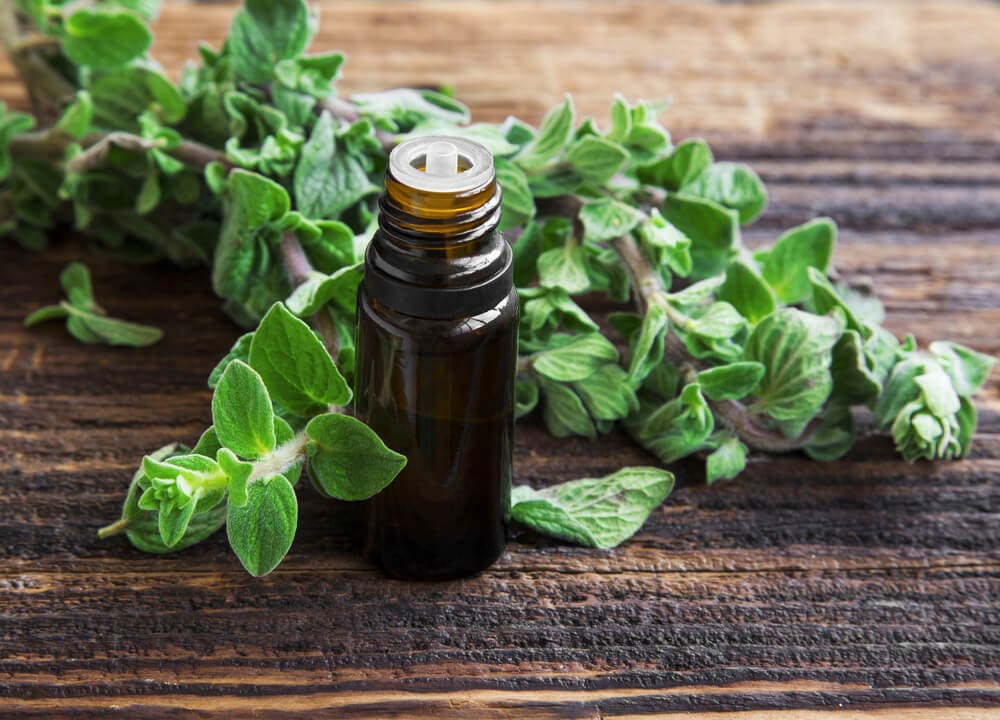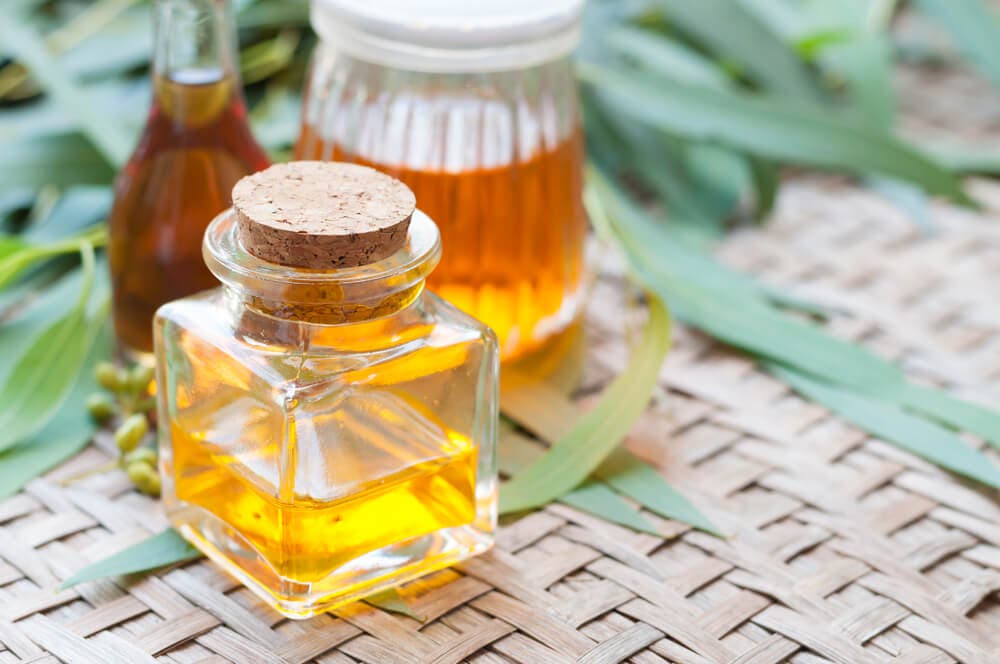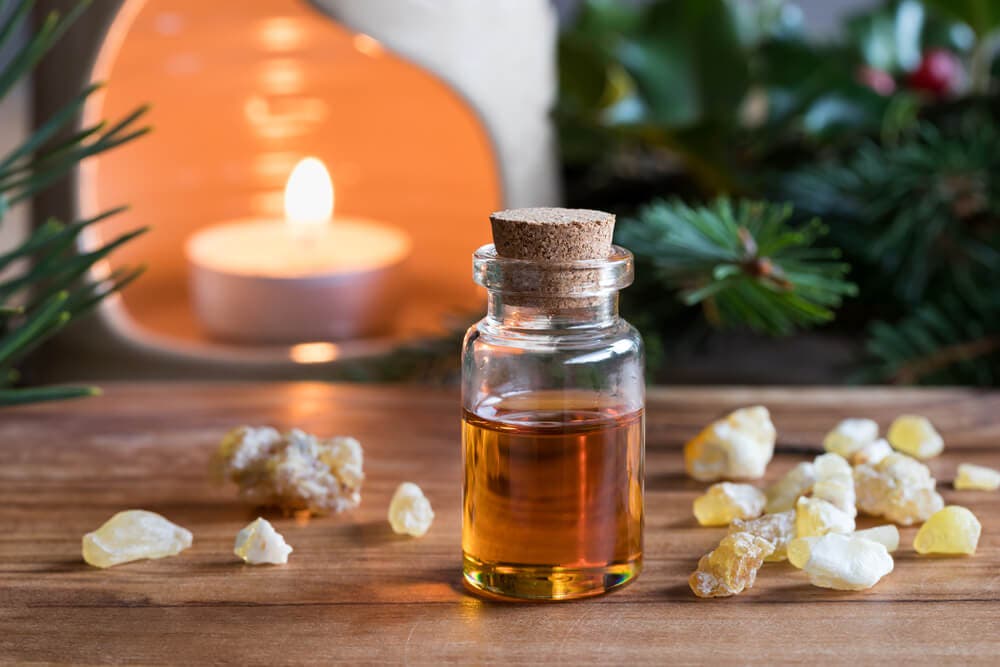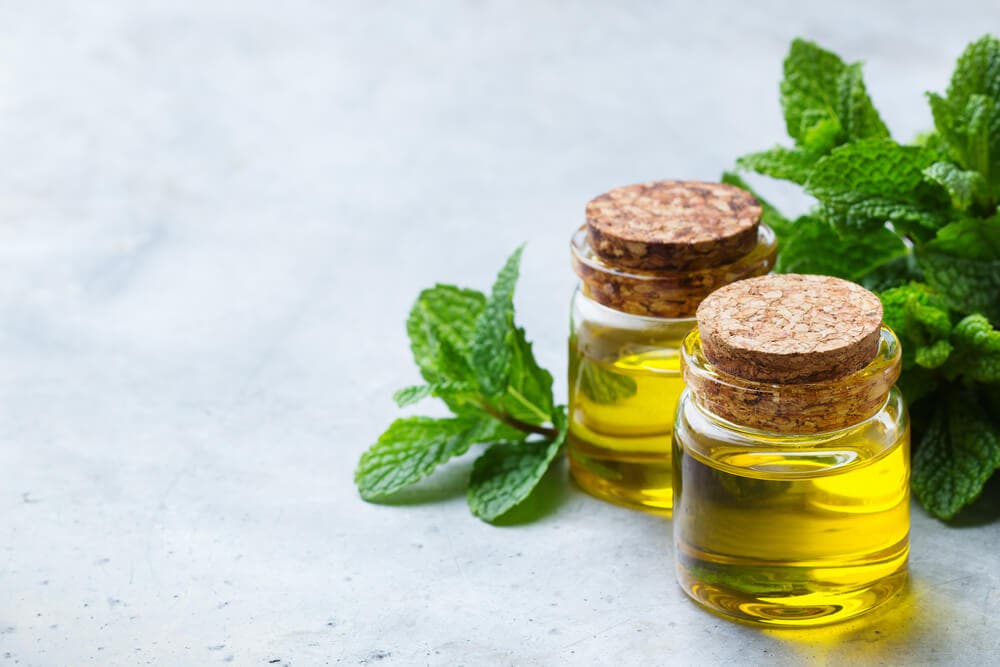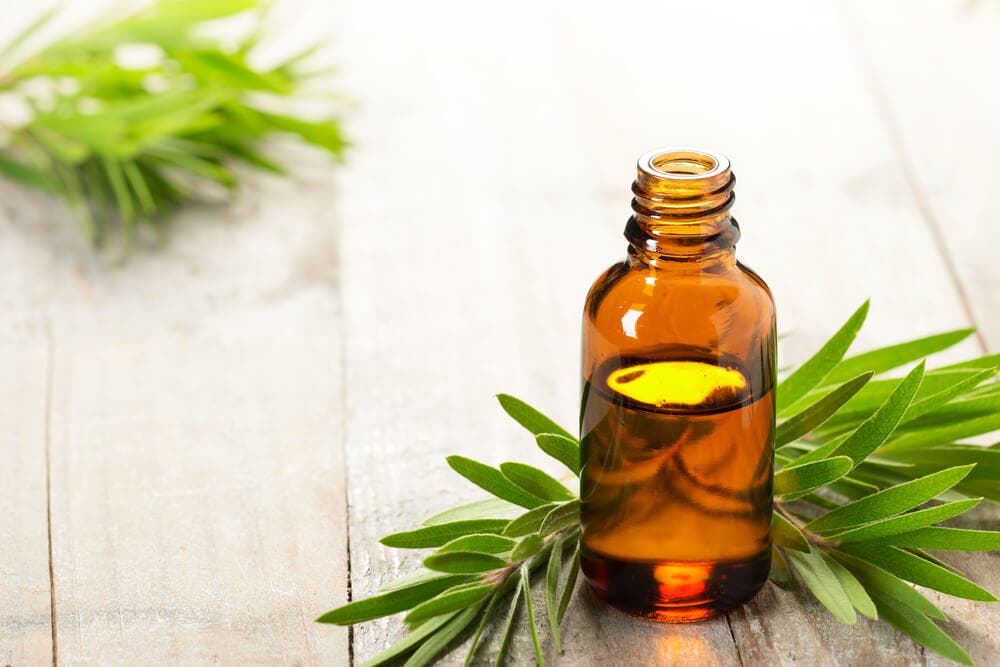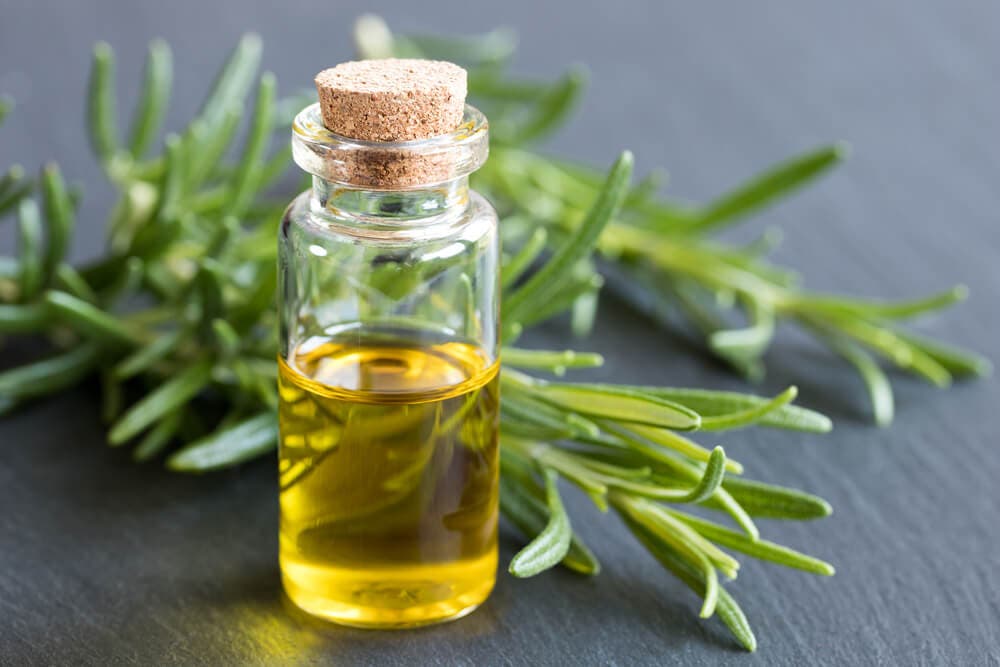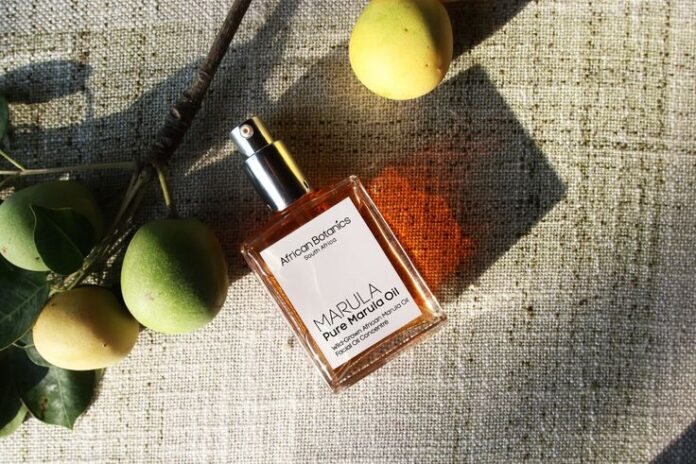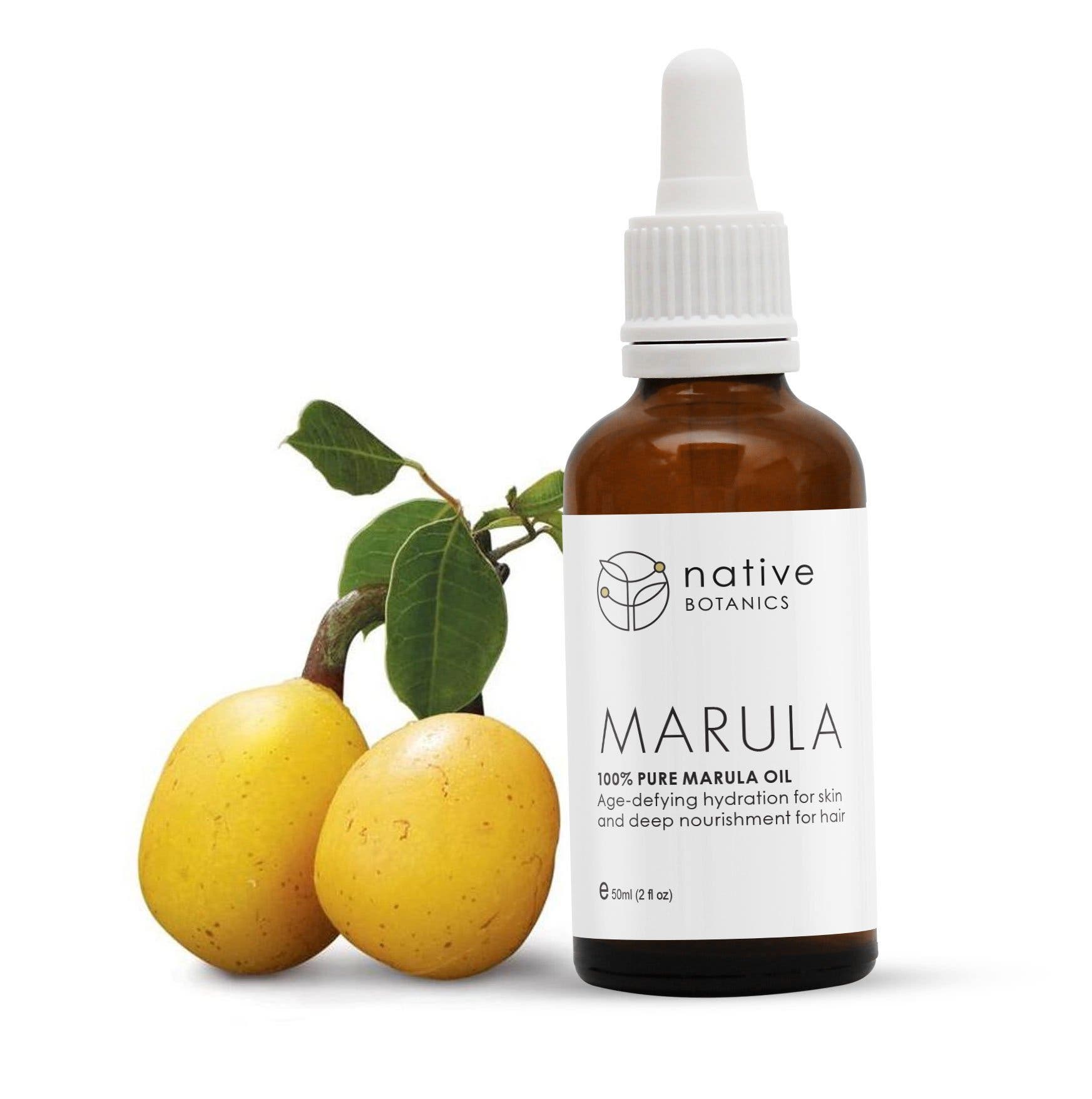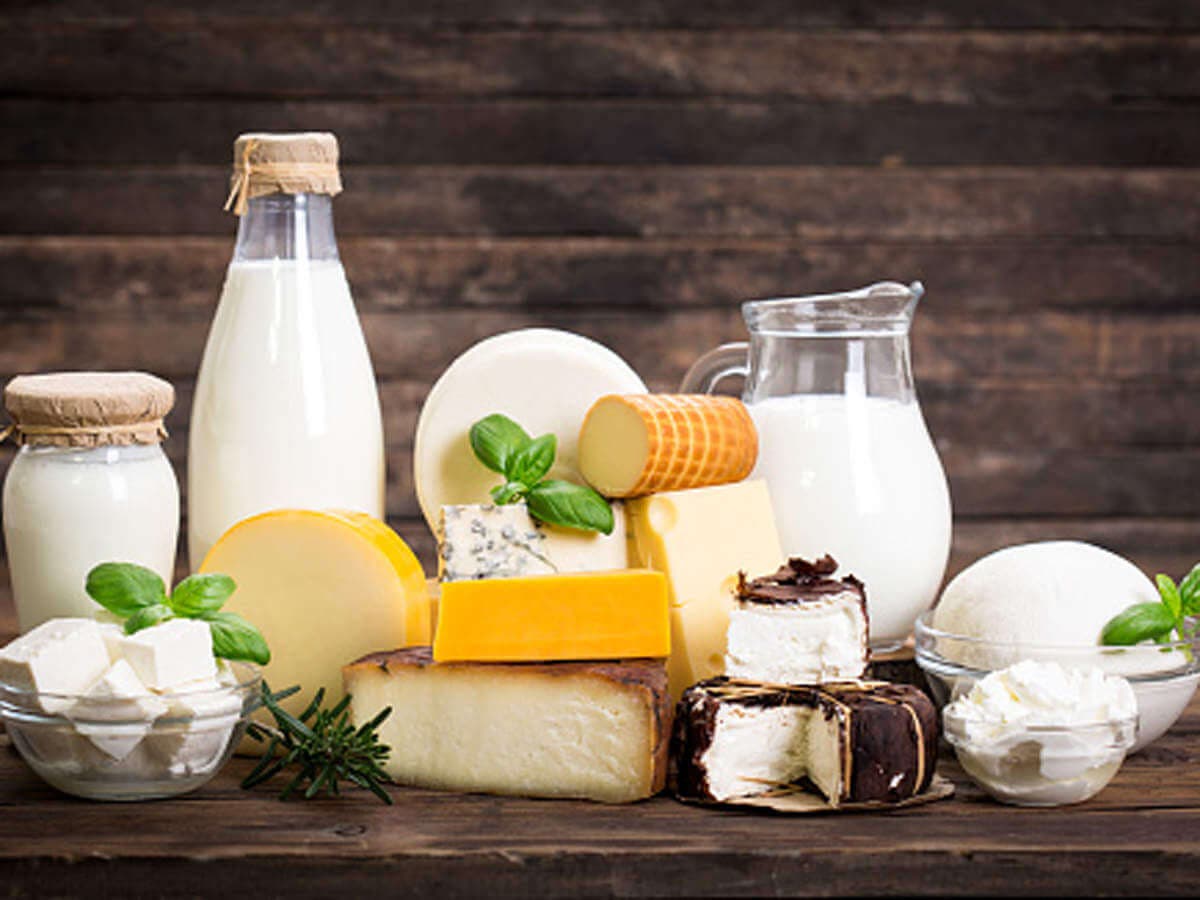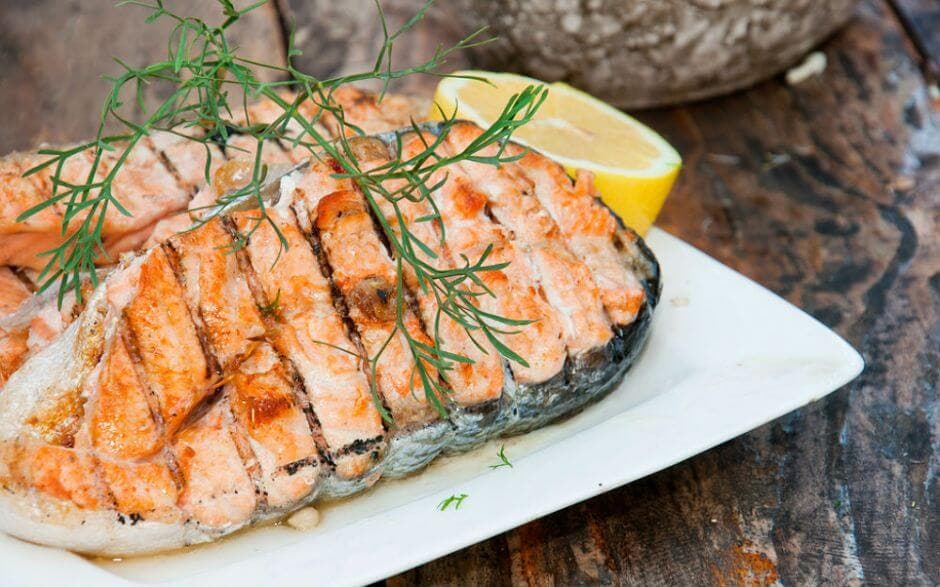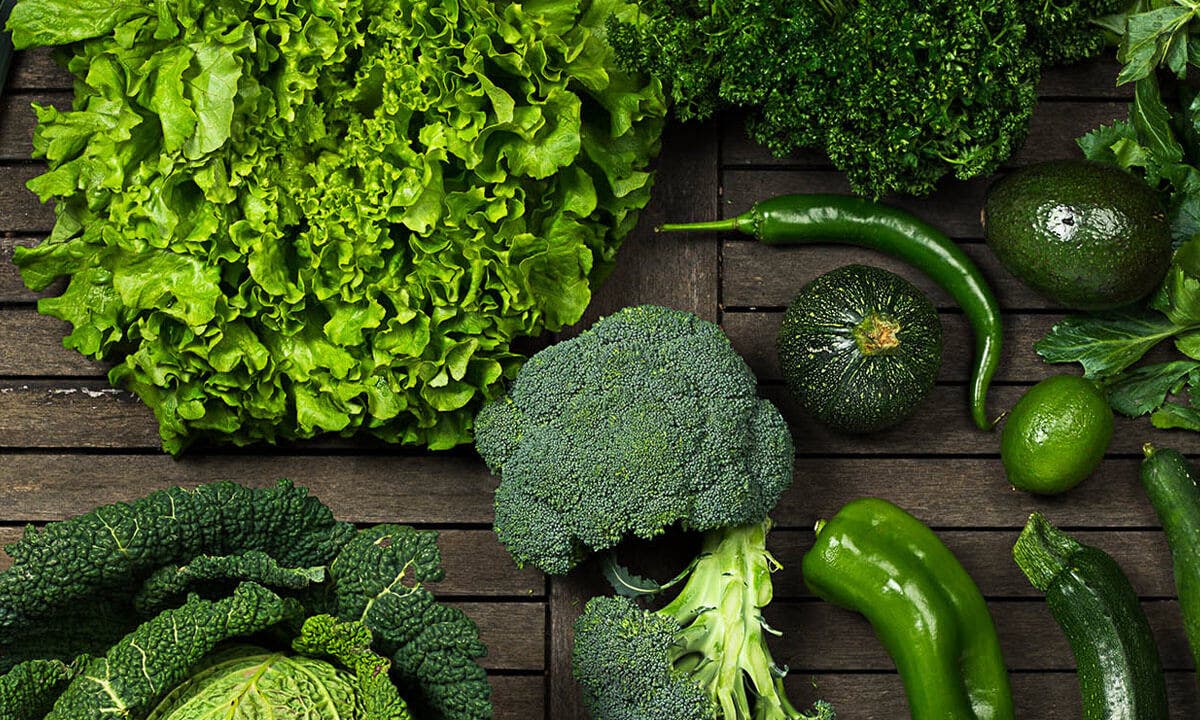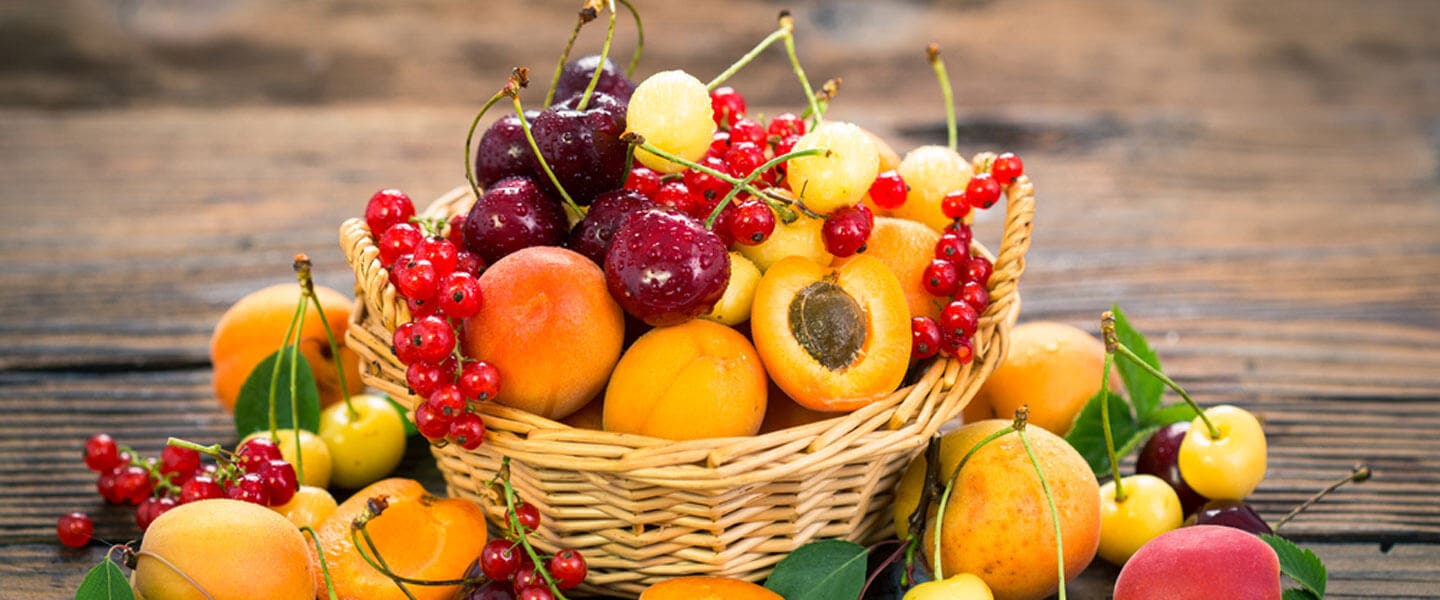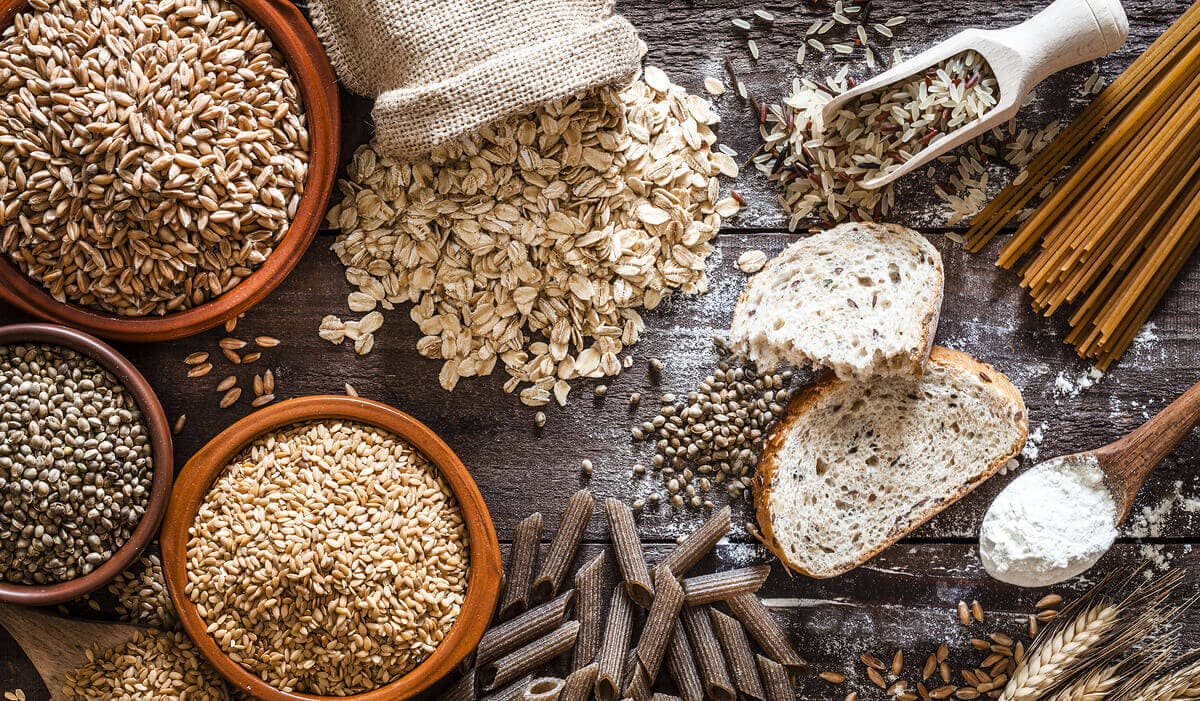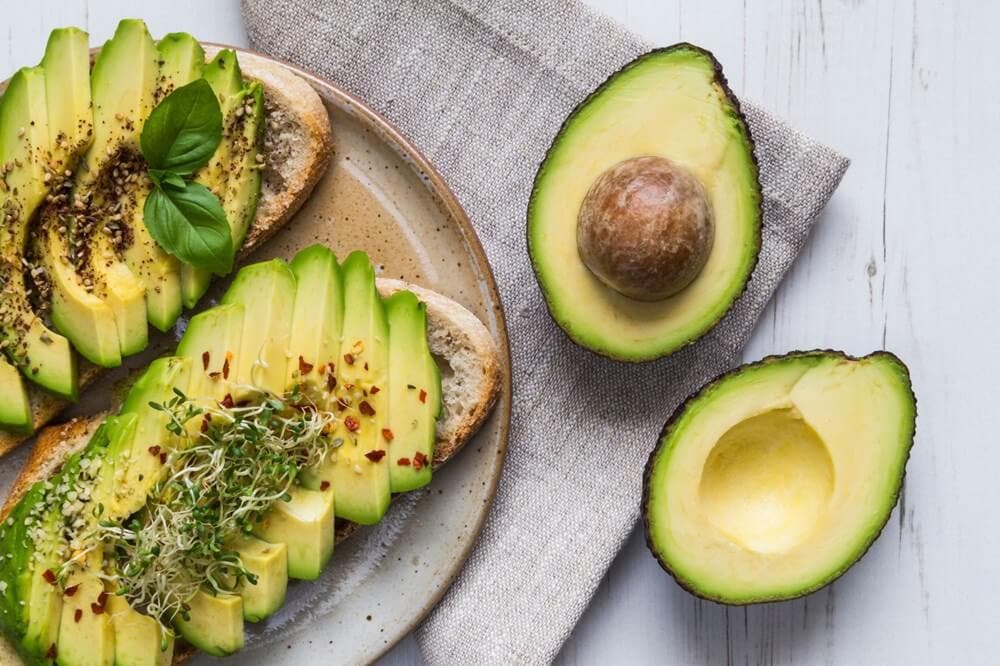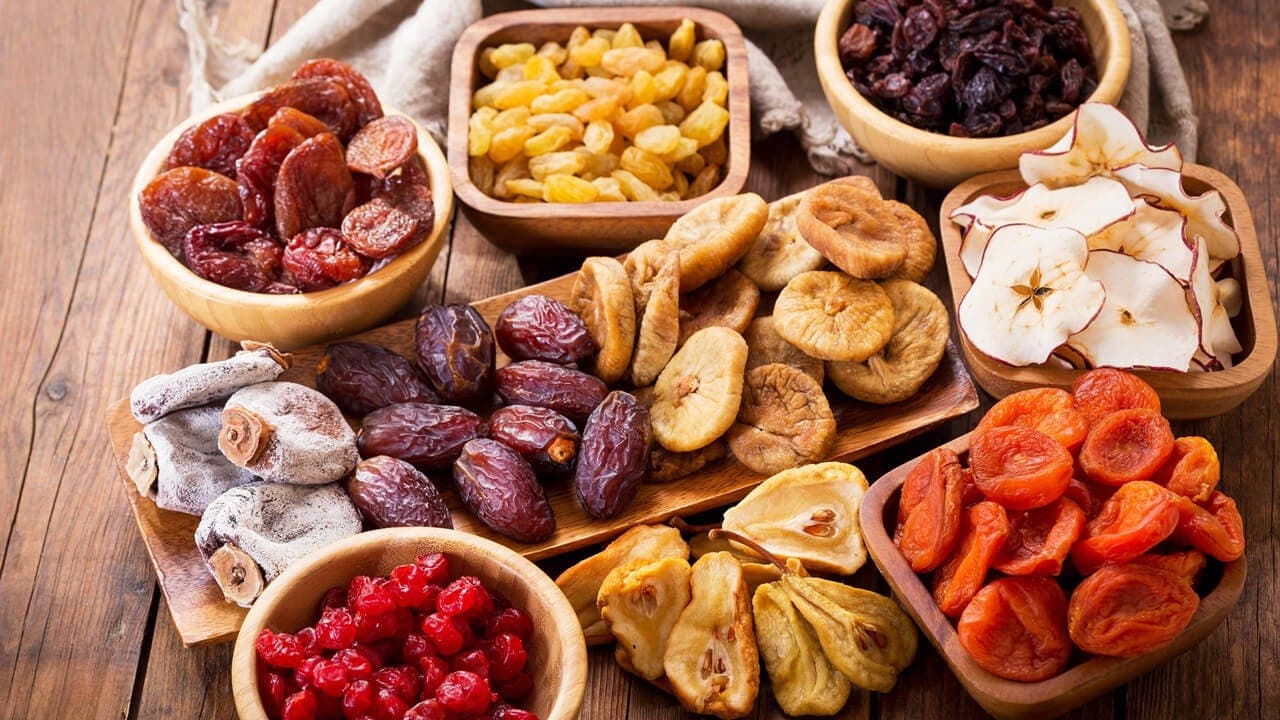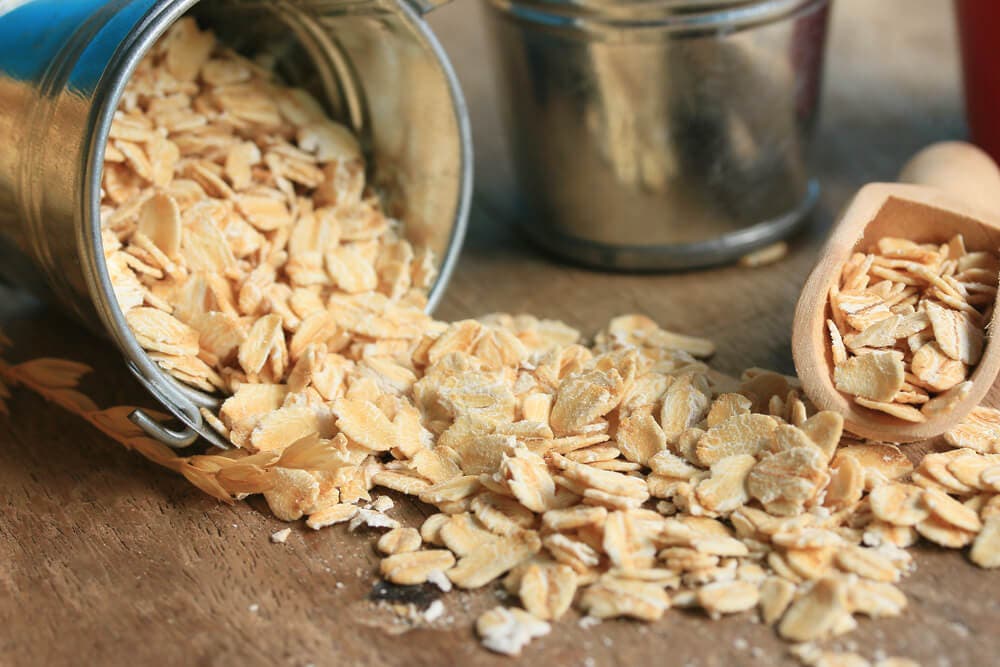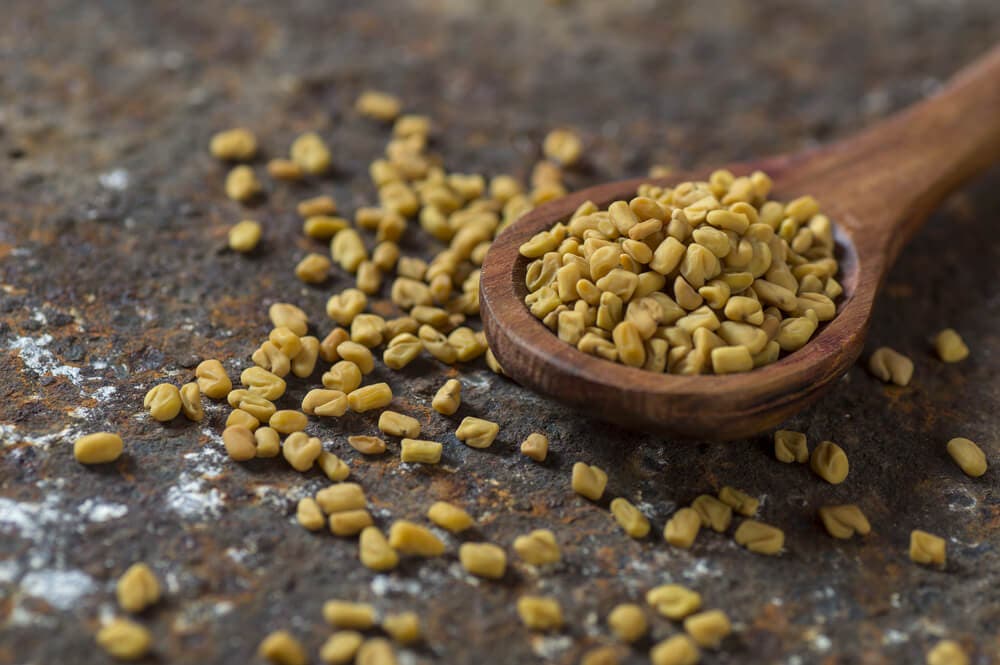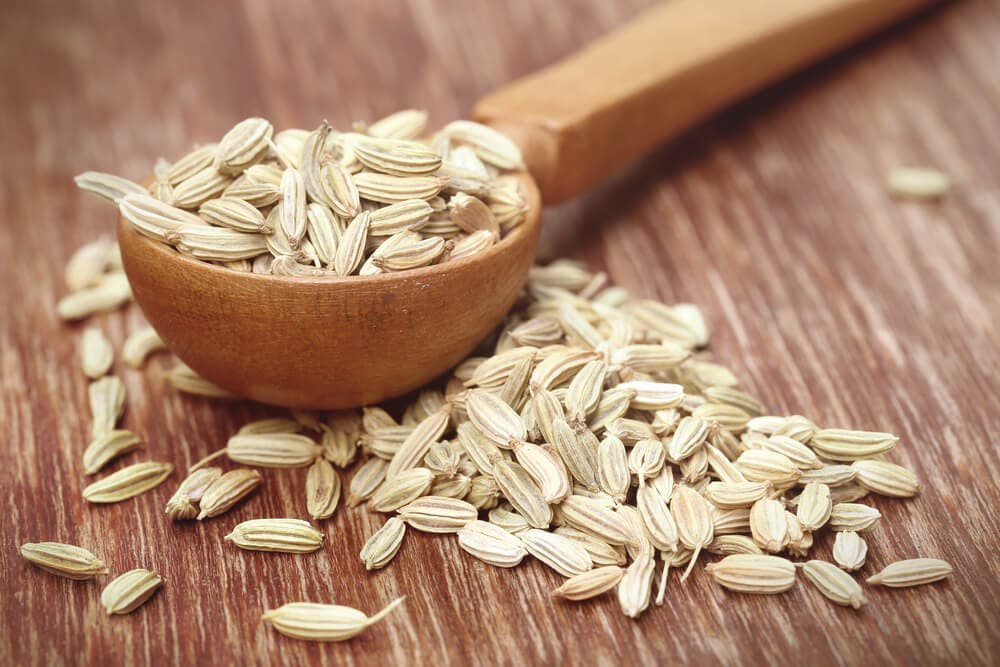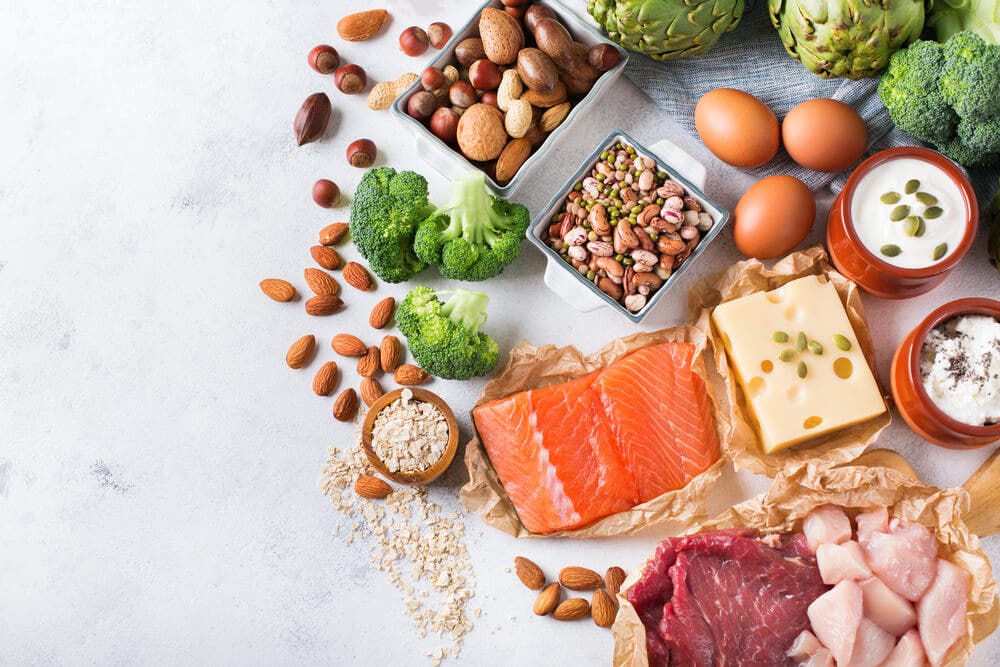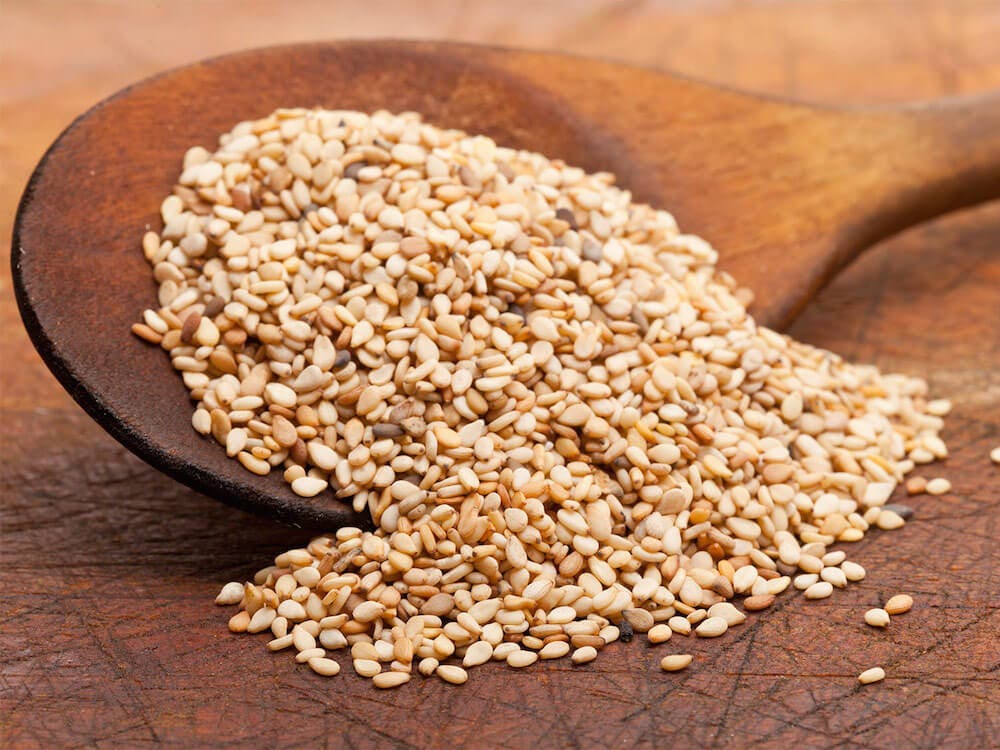Stomach pain, constipation or diarrhea, bloating, belching, heartburn? These are all symptoms of problems in the gastrointestinal tract. It starts with the mouth and esophagus and ends with the intestines and rectum.
In addition, other organs are involved in the digestive processes: the liver and gallbladder, the pancreas. Where exactly was the malfunction that led to these symptoms? To say only through examination and communication with the patient is difficult, so doctors recommend additional options for examination.
Analyses
Laboratory tests of blood, urine and feces will help to assess the work of the body. Indicators of the work of the liver, stomach, intestines, pancreas, the presence of inflammation, infection, or allergens, and much more, will be revealed in the laboratory tests.
There are other tests that are informative about the GI tract:
- fecal tests: calprotectin test (elevated levels of this protein in the feces will show the presence of inflammatory bowel disease), fecal occult blood test (bleeding can be a sign of peptic ulcers and other bowel diseases).
- respiratory tests: urease breath test to determine Helicobacter pylori infection, hydrogen-methane test to help determine lactose intolerance and intestinal bacterial overgrowth syndrome (IBIS). Both tests are performed on an empty stomach, are not traumatic for the individual, and are completely painless.
Endoscopic examinations
An endoscope is a device with a thin and flexible tube that has a camera, light source and other instruments. Endoscopy is the examination of internal organs and tissues through the natural cavities of the human body or through small incisions. During the procedure, it is possible to perform diagnostic or therapeutic manipulations: take a tissue sample for histological examination, remove a polyp.
Several types of endoscopic examinations can be used to examine the gastrointestinal tract:
- Gastroscopy (or esophagogastroduodenoscopy, or EGDS) is an examination of the esophagus, stomach and upper small intestine. It allows for such diagnoses as gastroesophageal reflux disease (GERD), inflammation of the esophagus, polyps and neoplasms on the walls of the esophagus, stomach, ulcers of the stomach mucosa and some others.
- Endoscopic retrograde cholangiopancreatography (ERCPG) – examination of the liver, pancreas, gallbladder, and bile ducts. It involves the use of contrast and X-rays, and is used to evaluate obstruction, infection, bile duct stones, pancreatic constriction, and tumors.
- Flexible rectomanoscopy – examination of the lower colon (the endoscope is inserted through the anus and moves up the intestine).
- Colonoscopy – examination of the colon.
- Rectoscopy – examination of the rectum and anal cavity.
All endoscopic examinations of the gastrointestinal tract require preparation (diet, examination on an empty stomach), can be carried out for the comfort of the patient with anesthesia (local or general). Sleep examination has become the gold standard for gastroscopic examinations
Interesting! A modern alternative to endoscopic GI examinations is capsule endoscopy. The procedure involves the patient swallowing a special transparent capsule with a video camera inside. Video is recorded as the capsule moves through the gastrointestinal tract, and is later analyzed by the doctor. Although this method is much more comfortable for the patient, the examination has its disadvantages: the high cost of the disposable capsule and less informative compared to conventional examination – you cannot stop to examine the areas of interest to the doctor in detail. During capsule endoscopy it is also impossible to perform other diagnostic or therapeutic measures.
ULTRASOUND
Ultrasound examination of the gastrointestinal tract can also be used. It is the main method for stagnation in the liver, gallbladder. stone formation and others. It can also be used to examine the stomach and intestines: it will show their location relative to other organs, features of the mucosa or vascular flow, polyps and some other pathologies.

MRI
MRI is an examination that creates a three-dimensional and detailed picture of the internal organs. It is used to examine the liver and gallbladder, pancreas and other GI organs.
CT SCAN
CT colonography is a procedure in which an image of portions of the intestine is constructed using X-rays. The method is effective for detecting tumors and polyps in the intestine, diverticula (small depressions in the intestinal wall). The 3D images give a detailed view of the intestine.
Tests
Tests may be used for diagnosis:
- Tests with swallowing barium sulfate contrast agent, which makes the upper GI tract more visible on X-rays. Used for complaints of difficulty swallowing, frequent vomiting, and abdominal pain.
- Manometric tests – esophageal manometry (to check the strength of muscle contractions when swallowing) and anorectal manometry (to assess the work of the anal sphincter and rectum) are possible. Tests are prescribed for suspected gastroesophageal reflux disease, constipation, and fecal incontinence problems.
These are the basic diagnostic methods that a doctor can prescribe when you need to examine your gastrointestinal tract. Which ones will be needed in a particular case depends on the patient’s complaints and presumed diagnosis.
Read also….
- How do I check my gastrointestinal function?Stomach pain, constipation or diarrhea, bloating, belching, heartburn? These are all symptoms of problems in the gastrointestinal tract. It starts with the mouth and esophagus and ends with the intestines and rectum.
- What are the benefits of hazelnut oil for the skin?Hazelnut oil is rich in vitamins and essential fatty acids that nourish the skin. Here are a few reasons why you should add this oil to your skin care routine.
- Immune-boosting aromatic oilsThere are many products and treatments that can help your body to build a natural resistance to the harsh winter months, and aromatherapy is one of them. There are many studies supporting the healing power of aromatherapy and it is good for both mental and physical health. Aromatic essential oils also have many health benefits… Read more: Immune-boosting aromatic oils
- Marula Oil Benefits, Uses, and PrecautionsMarula Oil is an exotic oil that comes from the African Marula tree. It’s a good ingredient for skin, hair, and nails. Learn more about the benefits and precautions of Marula Oil with our guide.
- Goal setting for students, children and young peopleRemember when you learned how to set goals? If you have trouble answering this question, you are not alone! Most of us don’t spend much time thinking about how we set our goals. In fact, many of us don’t even think of goal setting as a skill; rather, it’s something we do without much thought.… Read more: Goal setting for students, children and young people




